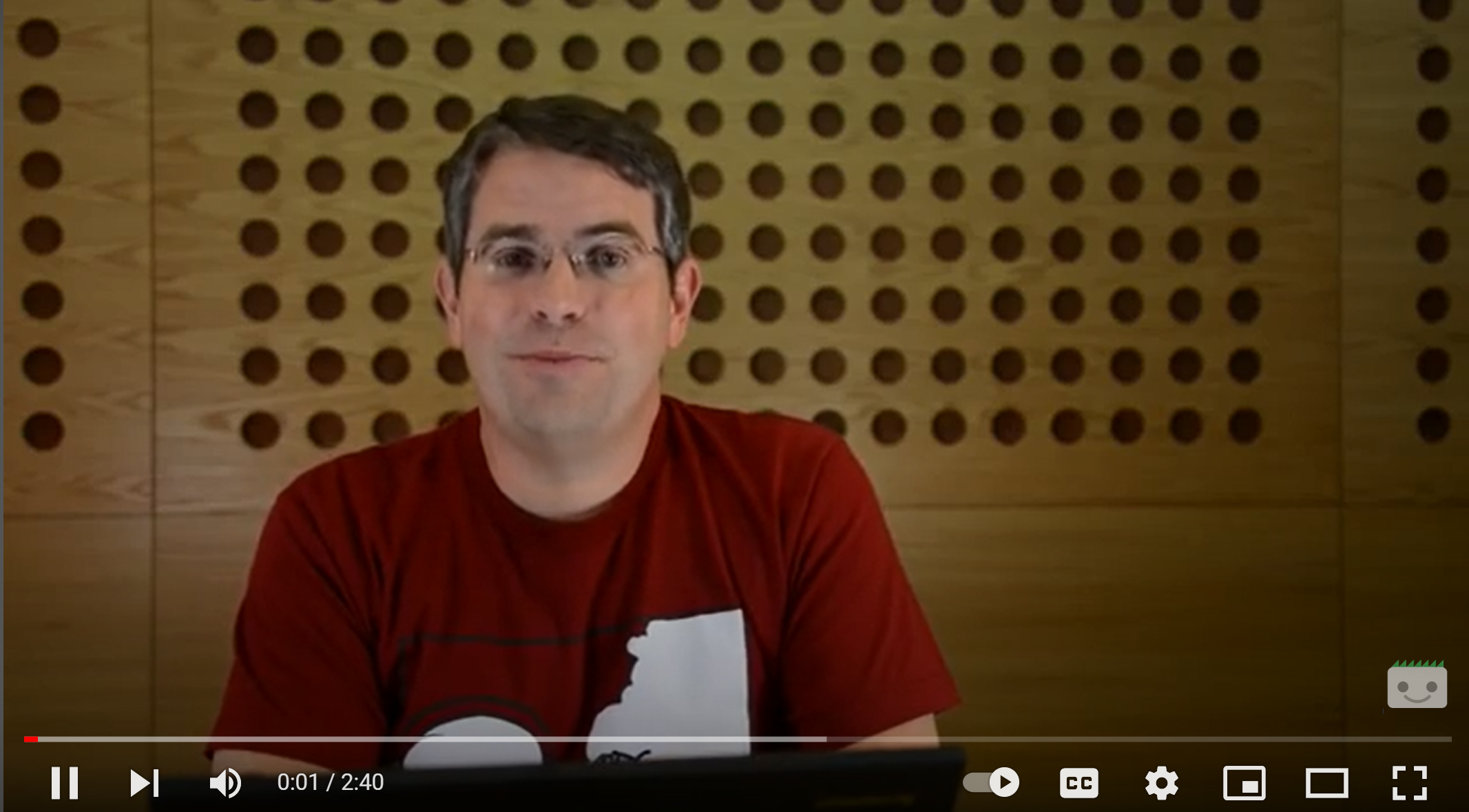What is search experience optimisation?
- 11th February 2020
- Written By Joshua Carter
- 02 Comments

An example heading sizeable
"Lorem ipsum dolor sit amet, consectetur adipiscing elit. Egestas facilisis metus mattis velit ac amet, mattis aenean. Quam eu aliquam quisque commodo consectetur adipiscing elit feugiat placerat elit. Eget mi, morbi tincidunt dolor."
- Jacob Linowiski
In 2020, search experience optimisation, or SXO, is the way you should be thinking about your digital presence in terms of its organic performance in search engines like Google. In fact, SXO is what you should of been working on for your business for at least the last decade.
If you’re reading this article it is very likely that you have spent some time or money on search engine optimisation, which we know as SEO. Maybe you have great success with your SEO efforts, and your business has been ranked on top of Google for all your target keywords for as long as you can remember. More likely though, is that you have experienced fluctuations in rankings, struggled to appear for search phrases you think you should rank for, or even been lost in the void that is page 2 of the serps.
The reason for your struggles, or lack of results, is simple and can be summarised easily. You’ve been doing it all wrong! This is not the first time you’ve heard that either, but that is also part of the problem. For the last decade, digital marketing has been dominated by “SEO experts”, encouraging you to create more blog content, put more keywords in your pages, META titles, and even the alt accessibility tags of images. This advice has always made some form of logical sense and you’ve probably implemented it with some level of confidence.
In some cases this may have worked well for you, and other times probably not so much. It is this inconsistency and lack of longevity that highlights the root issue.
The root issue is that Google has never really cared too much about what your SEO looks like. When they crawled your website and saw you repeating the same keywords throughout the content, headings, titles, images and all the rest, they just thought of you as being a little bit annoying to visitors of your website. Google has never really changed their idea of what is a valuable website, they’ve just gotten more efficient at working out who they value. What Google has been saying for years is that the thing they value the most is good user experience (UX).
This is what SXO is all about and it’s an acronym that you should become familiar with if you want to be found online in organic results. It’s thinking about visitors before thinking about robots, and creating your website and content in a way that attracts, engages and satisfies those who make it to your website. SXO may be an acronym you haven’t heard before, but it’s not even new.
Of course, traditional SEO is not really dead. It’s of course important to have some basic elements of on-page SEO, it makes sense when you write content that you do research keywords and write content to answer the intent behind those queries. You should still be thinking about what the most relevant page title and headings will be for users finding you from the most searched queries. Yes, you will still need links, and technical aspects of your site in good working order, as well as many other considerations. But thinking about these things from the UX perspective takes the emphasis away from cheap tricks like keyword stuffing, and places it on the production of a quality piece of content that engages users and delivers greater success for your business. UX needs to become your priority.
I read an article recently about CSS4, and it inspired me to write this article. You can check that out here; CSS4 by Chris Coyier on CSS-Tricks
For those who aren’t web designers, CSS is the simple code used to create the visual design of your website. Things like font family, text size, colour, and a whole lot more are created through CSS.
The article discusses the idea that we should start talking about CSS as if CSS4 is already here, (we’re currently using CSS3 for those interested,) and the point of the idea is that by saying we’ve arrived at a new point in CSS it gets people thinking about what they are doing with their websites and development and how to modernize their approach.
We’ve been at this point with SEO for a long time, but what we haven’t done is addressed it in the right way, for whatever reason. New methods of SEO have been implemented over the top of old ones and now when you talk to two or three different SEO experts you’ll be given dated, conflicting advice as to what you’re doing right, what you’re doing wrong, and what you should do next.
SXO is SEO in 2020. It’s actually been SEO all along, but by seperating SXO from SEO we can move forward from here with a clear understanding of what matters with our organic rankings, and a new logic that we can apply to our future efforts and conversations to make sure we are growing our digital presence in the right direction.
